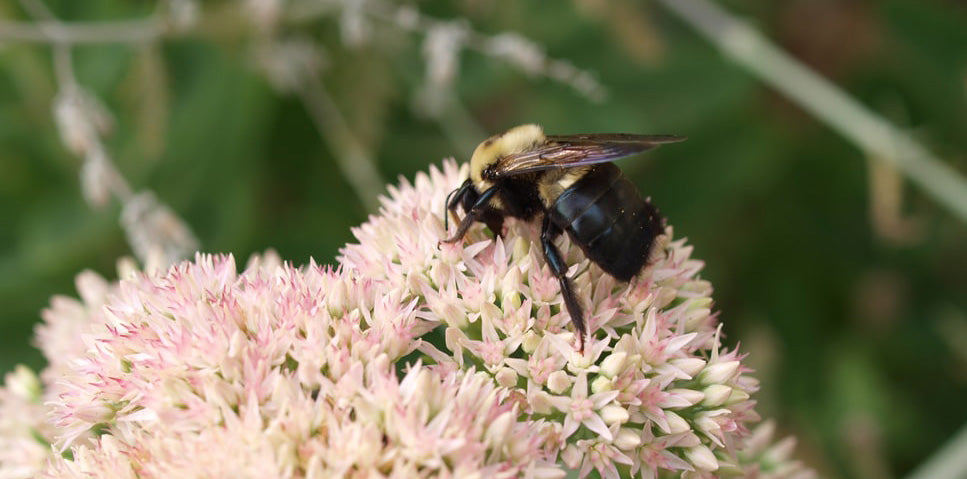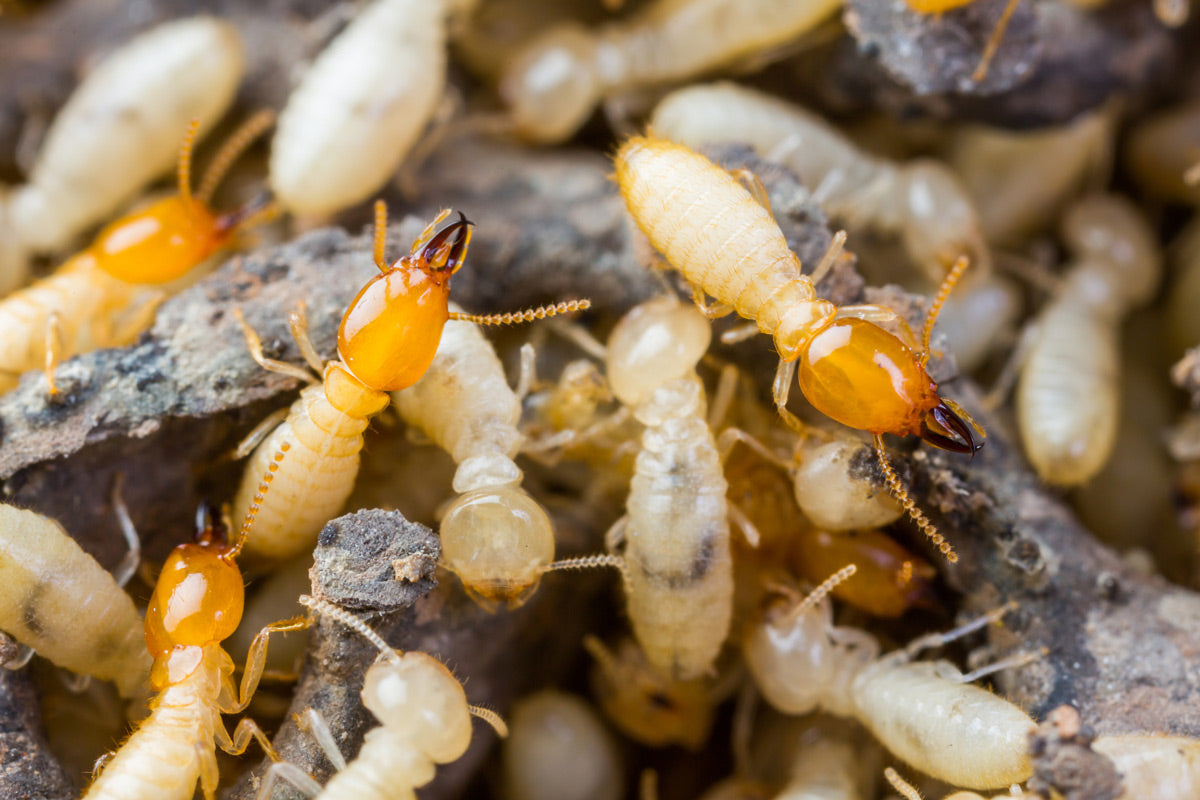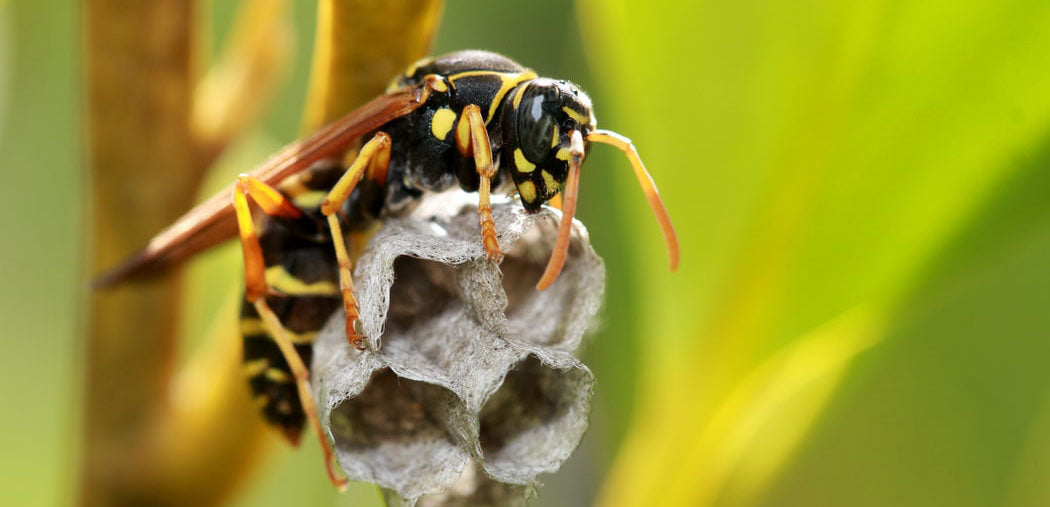Carpenter bees are known for their ability to cause damage to wooden structures by drilling holes to create tunnels. The bees are relatively harmless to humans, but can be a concerning nuisance. It’s possible to identify the existence of carpenter bees by finding their shed exoskeletons before they damage your home or other structures. Read more to find out about this molting process and the anatomy of the carpenter bee.

Yes, carpenter bees do molt. In order to grow, they have to molt their exoskeleton, a hard outer shell that provides structure, protection and support for the bee’s body.1 There is a chance that you could come across a carpenter bee in the process of molting. Do not be alarmed. Male carpenter bees are harmless because they do not have a stinger, though they may exhibit aggressive behavior to protect the nest. Female carpenter bees do have a stinger, but are unlikely to sting unless they feel threatened.2 (Don’t worry, we have a full blog on how to tell the difference between a male and female carpenter bee.)
Carpenter Bee Anatomy
There are many different types of bees that you could come across. Bumble bees and carpenter bees are most often mistaken for each other. But there are distinguishing characteristics that can help you identify a carpenter bee.
Carpenter bees are typically one inch long, with six black legs, four of which are hairy. Unlike bumble bees, they have shiny, black abdomens, which is their most distinguishing physical trait. Their thorax, which is the midsection of the bee, has a fuzzy texture that may be yellow, white, black or brown. Click here for more information on the anatomy of the carpenter bee.

If you notice that carpenter bees are damaging wooden structures around your home, take a look at the different carpenter bee traps that we offer. These traps do not contain any harsh chemicals or pesticides, and can be a safe way to permanently remove carpenter bees from your home.
- “Bees: Facts,” Science Trek, accessed March 13, 2021, https://sciencetrek.org/sciencetrek/topics/bees/facts.cfm.
- “Carpenter Bees,” Pennsylvania State University, updated March 2, 2017, https://extension.psu.edu/carpenter-bees.









Leave a comment
All comments are moderated before being published.
This site is protected by hCaptcha and the hCaptcha Privacy Policy and Terms of Service apply.